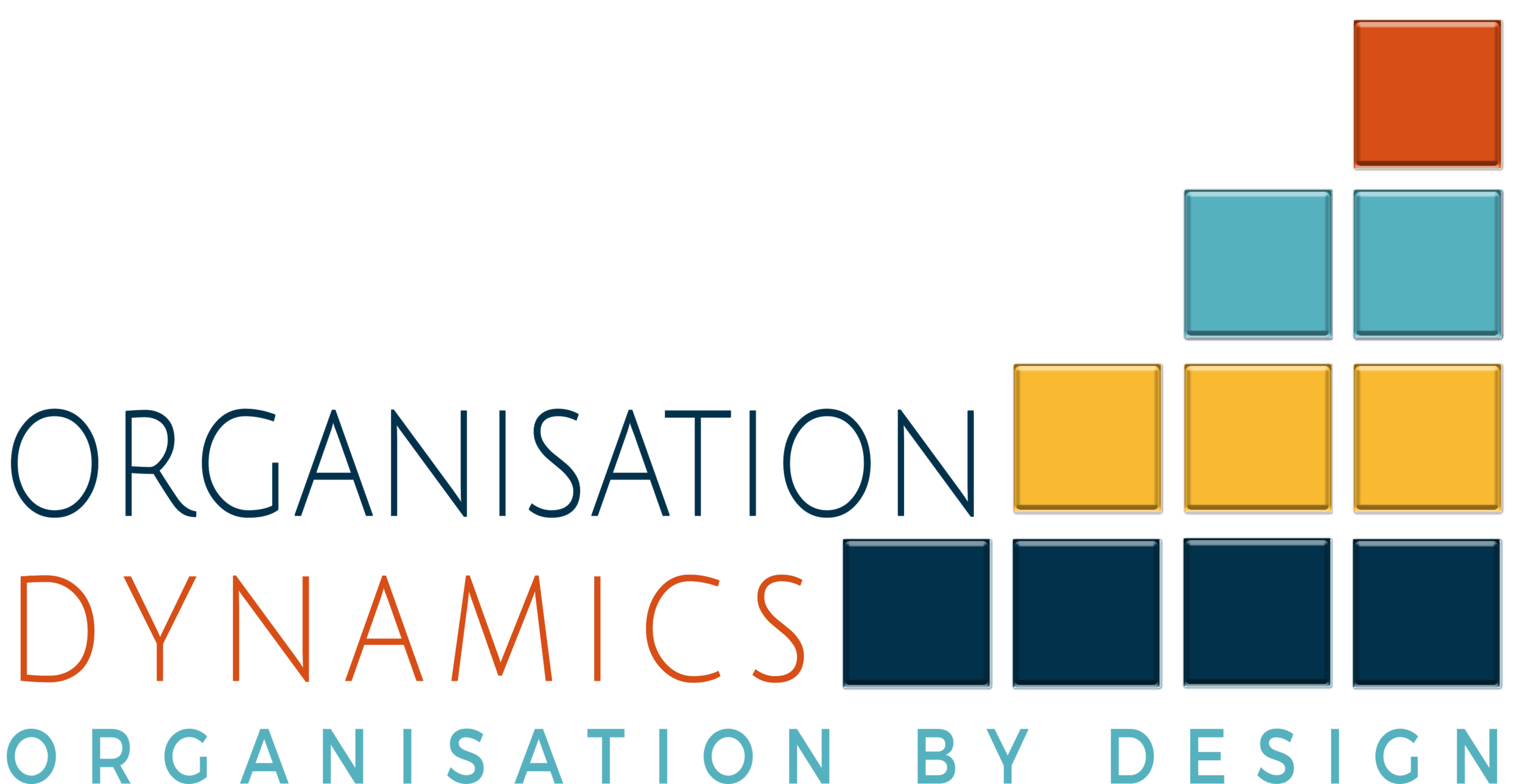Reflections on how COVID has transformed the workplace and what happens next.
The world of people management has struggled to adapt to the implications of Artificial Intelligence, the Gig Economy and Diversity. A cataclysmic shift in working patterns has led organisations to now grapple with what hybrid working means for long term people management.
Three main themes have emerged so far that will influence how organisations readjust their people strategies.
Power Dynamics
How can we influence a distributed workforce - and allow them to influence the organisation - in a manner that does not descend into politics/silos/kingdoms? The ability to influence others is a key element of how we get things done at work. When work is distributed across a number of locations - some staff permanently remote working, some permanently in work and others a mix of both - organisations must adjust how influence occurs.
Where high levels of trust exist, we do not have to rely on the formal lines of power and authority. Trust helps us navigate uncertainty1; we need to assist staff navigate the uncertainty of the new power dynamics.
Social Dynamics
We underestimate at our peril the impact that missing out on the social dynamics of being at work has on people. At our most basic we are tribal, and we congregate together at work, in clubs, at a church to give ourselves a sense of belonging. Two dimensional video conferencing call gives us a semblance of contact, but it cannot replace the physical connections we make when we are in the same space as our colleagues. Organisations need to look at how to recreate these social dynamics in a distributed world - especially for new hires that have never been into an office.
Creative Dynamics
The ad-hoc creative dynamics that comes from human interactions play a large role in innovation. These creative moments happen both formally and informally when we are together – whether it is a group session or that conversation when you are walking to lunch. Chance favours the connected mind2. Small hunches collide with other hunches, hibernate and incubate and eventually become something new. Organisations need to harness a new form of creative dynamics which are also outcomes of the power (influence) and social dynamics of the workplace.
Conclusions
When all of an organisation’s people are working from home, there is an equality of distance – all are managed, rewarded and developed in the same way. Now that we are re-entering the workplace, but not all at the same time – or ever – organisations need to reimagine all of their people strategies so as to ensure we recreate the three dynamics; power, social and creativity.
